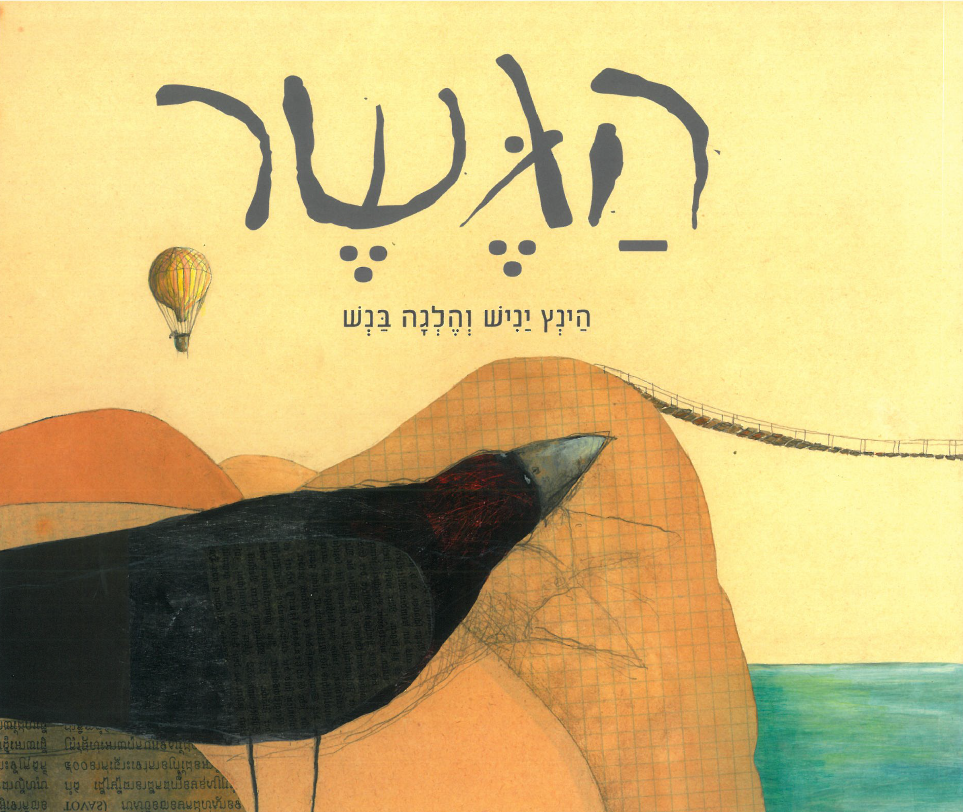גננת יקרה,
דב וענק נפגשים באמצע גשר צר וארוך, כאשר כל אחד מבקש להגיע לצד השני של הנהר. כיצד יצליחו השניים לחצות את הגשר בלי ליפול ובלי להפיל? הפתרון שאליו הגיעו השניים מדגים את היתרון של חשיבה משותפת ויצירתיות במצבים של רצונות שמתנגשים.
"טוֹב אֶרֶךְ אַפַּיִם מִגִּבּוֹר..." (משלי טז לב)
הפסוק מספר משלי מלמד שעדיף להיות סבלני ושקול מאשר חזק וכוחני. אדם ארך אפיים שולט בעצמו ונשאר שלֵו ושקול בדעתו, אפילו כאשר הוא מתעמת עם אחר. זאת לעומת גיבור חם מזג, המנסה לשלוט בכח באחרים ולנצח בכל עימות.
בתחילה ניסו הדב והענק להתעקש ולחצות את הגשר מבלי לתת לאחר לעבור. כשנרגעו הרוחות והם חשבו באופן שקול ויצירתי, הבינו השניים שפתרון של שלום יביא לשניהם תועלת. אילו היו מתעקשים על נסיגה לאחור של האחד, או מנסים להפיל זה את זה מהגשר הצר, ייתכן ששניהם היו נופלים למים!
המציאות היומיומית בגן הילדים מתאפיינת, בין היתר, בהתנגשויות בין רצונות, קושי בהתאפקות, התפרצויות של תוקפנות ומגבלות ביכולת להבין את האחר. ילדים צעירים רוכשים את המיומנויות הנדרשות לפתרון קונפליקטים בדרכי שלום. זהו תהליך מתמשך של למידה. הם לומדים להבין את האחר, להמתין בסבלנות ולתת לשני זכות קדימה. הספר 'הגשר' עוסק בקונפליקט ובדרכים האפשרויות לפתור אותו.
מה קורה אצלך בגן? באלו מקרים הרצונות של ילדים שונים מתנגשים זה בזה? מתי וכיצד את מתערבת בעימותים, ואיך את עוזרת לילדים לפתור קונפליקטים בדרכי שלום – לבד, בעזרת התווך שלך או בסיוע מאמצי גישור של חברים?
אנו מקווים שהסיפור על הדב והענק והשיחה והמשחק שמתפתים בעקבותיו יסייעו לך בטיפוח מיומנויות חברתיות בקרב ילדי הגן. קריאה מהנה!






